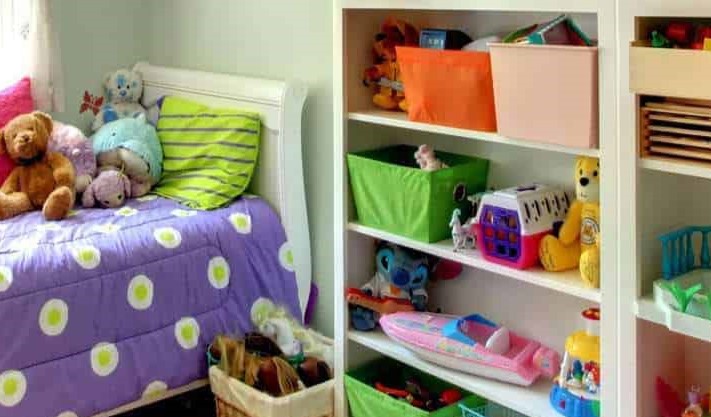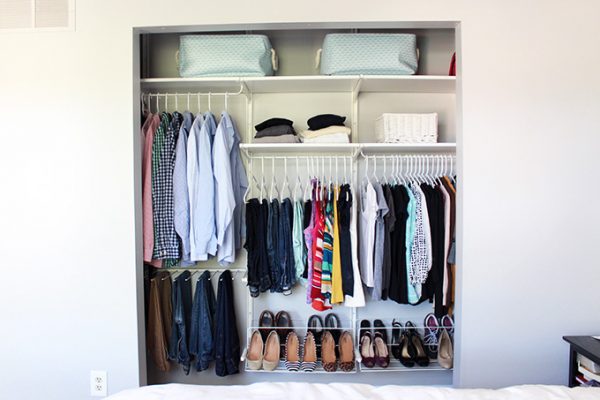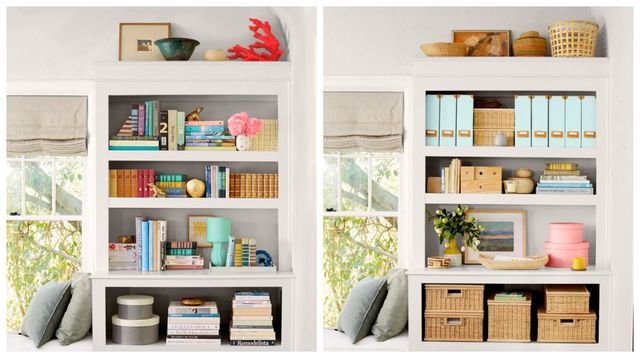Introduction: As any parent knows, keeping kids’ toys organized and tidy can feel like a never-ending battle. From stuffed animals and building blocks to dolls and action figures, toys have a way of multiplying and taking over every corner of the house. However, with a little creativity and strategic planning, it’s possible to tame the toy chaos and reclaim your space. In this blog post, we’ll explore innovative ways to store kids’ toys that not only keep your home tidy but also encourage creativity, independence, and organization in your children.
- Embrace Multi-Functional Furniture: One of the most effective ways to keep kids’ toys organized is to invest in multi-functional furniture that doubles as storage. Look for ottomans, benches, or coffee tables with hidden compartments or built-in storage bins where toys can be stashed away when not in use. These pieces of furniture not only provide additional seating or surface space but also help keep toys out of sight and neatly organized.
- Use Clear Storage Bins: Clear storage bins are a game-changer when it comes to organizing kids’ toys. Opt for transparent bins or containers so that children can easily see what’s inside without having to open them. Label the bins with pictures or words to indicate the contents and encourage children to help with clean-up by matching toys with their designated bins. Clear storage bins make it easy to maintain order and ensure that toys are put away properly after playtime.
- Create a Rotating Toy Library: To prevent toy overload and keep kids engaged, consider creating a rotating toy library. Gather a selection of toys and books and divide them into separate bins or baskets. Keep one set of bins out for children to play with while storing the rest out of sight. Every few weeks or months, rotate the toys, swapping out the ones in use for new ones from storage. This not only keeps toys fresh and exciting but also helps prevent clutter and overwhelm.
- Utilize Wall-Mounted Storage Solutions: Maximize vertical space in your home by using wall-mounted storage solutions to store kids’ toys. Install shelves, cubbies, or wall-mounted baskets in playrooms, bedrooms, or living areas to display and organize toys. Encourage children to take ownership of their belongings by allowing them to choose where to place their toys on the shelves. Wall-mounted storage solutions not only free up floor space but also add a decorative element to the room.
- Designate a “Play Zone”: Create a designated “play zone” in your home where kids can play and store their toys. This could be a corner of the living room, a section of the playroom, or a nook in their bedroom. Use colorful rugs, floor cushions, or bean bags to define the space and make it inviting for play. Incorporate storage solutions like toy chests, baskets, or bins to keep toys organized and easily accessible within the play zone.
- Repurpose Everyday Items: Get creative with repurposing everyday items to store kids’ toys. Use hanging shoe organizers to store dolls, action figures, or stuffed animals in pockets or compartments. Repurpose spice racks or dish drainers to hold books, puzzles, or art supplies. Transform a ladder into a bookshelf or a wooden crate into a toy storage bench. The possibilities are endless when it comes to repurposing items to fit your storage needs.
- Implement a “One In, One Out” Rule: To prevent toy clutter from spiraling out of control, consider implementing a “one in, one out” rule. Every time a new toy enters the house, encourage your child to choose an existing toy to donate or pass on to make room for it. This not only helps prevent toy overload but also teaches children the value of decluttering and sharing with others.
- Encourage Toy Rotation: Rotate toys regularly to keep playtime fresh and exciting for children. Store unused toys in bins or closets and periodically swap them out for toys that are currently in use. This not only prevents toy fatigue but also ensures that all toys get equal playtime and attention. Rotate toys based on themes, seasons, or your child’s interests to keep them engaged and entertained.
- Create a DIY Art Display: If your child loves to create art but you’re running out of wall space to display their masterpieces, consider creating a DIY art display. Hang a length of twine or wire across a wall and use clothespins or clips to attach artwork. Alternatively, repurpose an old picture frame and staple chicken wire or string across the back to create a rustic art display. Rotate artwork regularly to showcase your child’s latest creations and keep the display fresh.
- Involve Kids in the Organizing Process: Finally, involve your children in the organizing process to teach them valuable organization skills and foster independence. Set aside dedicated “clean-up time” each day or week where everyone pitches in to tidy up toys and belongings. Encourage children to take ownership of their toys by allowing them to choose how to organize and store them. Make organizing fun by turning it into a game or challenge, and praise children for their efforts and contributions.
Conclusion: Organizing kids’ toys doesn’t have to be a daunting task. With a little creativity, planning, and involvement from your children, you can create organized and tidy spaces that inspire creativity, independence, and play. By embracing multi-functional furniture, using clear storage bins, creating rotating toy libraries, utilizing wall-mounted storage solutions, and repurposing everyday items, you can keep toy clutter at bay and create a home that is both functional and inviting for children and adults alike. So roll up your sleeves, get creative, and transform your home into a haven of organized play and imagination.



